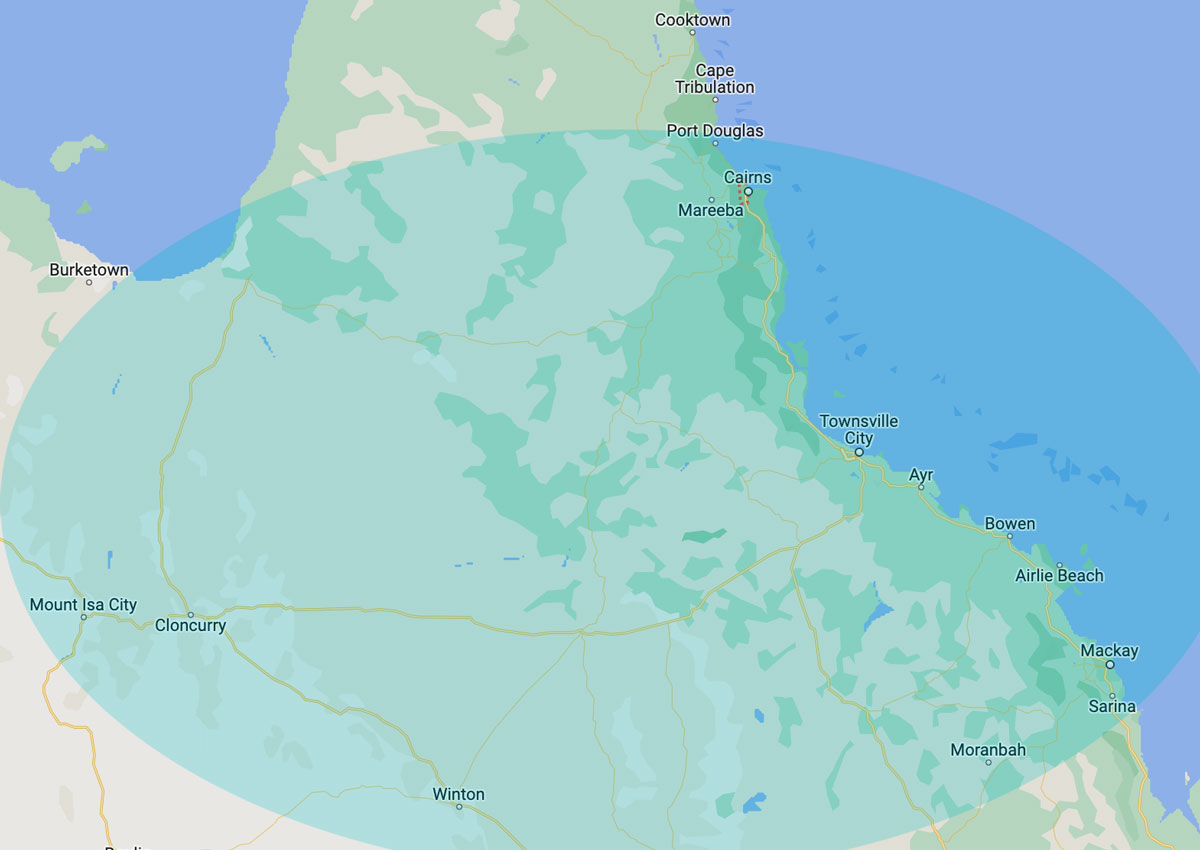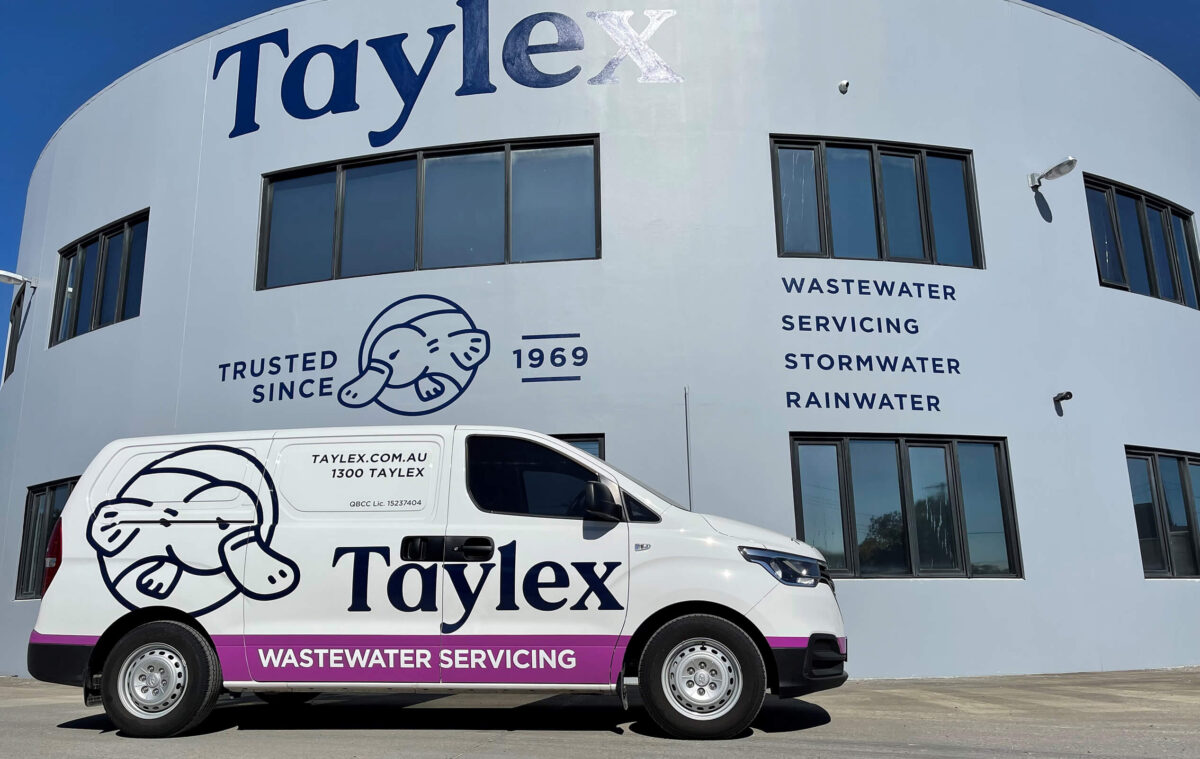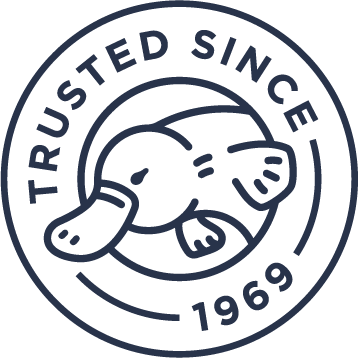With a wealth of experience in Wastewater
With over 25 years of experience, you can rely on Mac’s Wastewater. We’ve installed over 1500 Taylex Tanks and septic tanks for both private and commercial applications in North Queensland.

Quality solutions
We constantly strive to produce the best results for our customers and their budgets. Only high-quality, cost-efficient products from the best supplier is used.

Latest technology

Experienced team
North QLD wastewater
At Macs Wastewater, we’re honoured to represent North Queensland as dedicated specialists in Taylex Wastewater Treatment Systems. With a quarter-century under our belt focusing on Plumbing & Wastewater, our wealth of hands-on expertise and knowledge has positioned us as the leading Wastewater Specialists, servicing North Queensland from Cairns to Sarina and West to Mount Isa.
- Carins
- Sarina
- Mount Isa
- Everywhere in between


About Taylex
Taylex is an Australian family-owned company founded in 1969. We have 70 plus employees, over 80-trained Wastewater Specialists, who market, install, and service our range nationally in Australian and New Zealand. Post installation, we have a network of over 300-trained Service Technicians to provide the ongoing care and maintenance for your system.

Kind words from our customers
Frequently asked questions
What is a Home Sewage Treatment Plant (HSTP)?
In some ways, a Home Sewage Treatment Plant (HSTP) is similar to a Municipal Sewage Treatment Works, except that it can be located in your own backyard. All of your home’s wastewater, including toilets, showers, baths and washing machines, is treated by a HSTP using the same proven treatment methods as municipal systems. HSTPs treat and disinfect home wastewater so thoroughly that it can be used to water your lawn for irrigation purposes after treatment and disinfection. Most people don’t realise that a home has an HSTP because they are low maintenance (Taylex systems only need quarterly servicing) and function like a typical mains/municipal sewer connection, plus they can reuse water.
What is a septic tank?
By today’s standards, septic systems are largely outdated because they have been used for hundreds of years to treat wastewater. The wastewater in septic tanks is only treated 20% to ensure it is harmless to the environment as there are no aerobic or equivalent advanced secondary treatment methods. The remaining 80% of treatment falls on the wider environment, putting it under unnecessary strain.
Additionally, septic tanks are only designed to treat black water (sewage), so you will need to install additional separate grey water and grease trap tanks, while Taylex offers a single tank solution.
In applications where the system will go for prolonged periods without use at all (i.e. remote Country Fire Authority/fire brigade depots), a septic tank may prove to be the most effective option, and Taylex produces these systems. However, Advanced Secondary Wastewater Treatment Systems are the best option in 95% of cases.
How much power does a system use?
We live in a society where power costs are on the rise.
At Taylex, we understand that we need to find cheaper ways to run our systems without compromising their performance. To conserve power, we have developed Taylex Advanced Blower System, which allows some of the system’s components to be turned off if they are being used.
Taylex or any other treatment plant company cannot give our customers an exact estimate of how much an operating system will cost each year. We can’t do so because the submersible pump that pumps water to the irrigation fields consumes the most power. See the attached document for more information on how often and for how long the pump runs depending on how many people live in the house and how much water each person uses.
The Taylex Wastewater Treatment Systems can all be powered by your home’s solar system. Please consult your local service technician/specialist for best practices.
Do Taylex systems need to be services?
Yes!
To get in touch with your local accredited Taylex service agent, click here. Taylex wastewater treatment systems are required to be serviced quarterly as a condition of their State Accreditation Approval.
Who can service a treatment?
Only registered, licensed wastewater service personnel can service wastewater treatment systems, as specified by Australian & state law. However, there are better reasons to service your system than meeting council requirements.
Getting your system serviced regularly ensures that your Taylex is always operating at peak efficiency, producing high-quality water for reuse in your yard & garden. Additionally, if you are having your system serviced by an accredited Taylex service agent, you will receive an extended warranty on all electrical components. This will give you complete peace of mind for your system’s ongoing health. To contact your local Taylex service agent click here.
How can I help my service agent? To help your service agent conduct their job effectively always maintain clear access to and around your system, keep the grass mowed and tidy, and keep the top of your system clear and free of any obstacles. If safe access to your system is not provided your service tech may have to reschedule until the issues are remedied.
Can I turn the system off when i'm away?
No!
Similarly to how you do not turn off the power to the goldfish bowl aerator, refrigerator or freezer, you do not turn off the power to the Secondary Wastewater Treatment System. As bacteria are naturally regulated in number, when there is no more food matter introduced from home, they will gradually die off. This is so that their numbers are controlled by what is left available for them to eat.
When you return, if you provide a fresh food source, a small number of them will remain viable and rapidly multiply back to previous levels. When the power is turned off, all of the aerobic bacteria will die within eight hours as they will use up all the dissolved oxygen available and the plant will turn anaerobic, killing all of them. The plant will smell bad for a long time when you turn it back on and it will be difficult to re-establish a healthy biomass. The system might even have to be pumped out and restarted from scratch.


